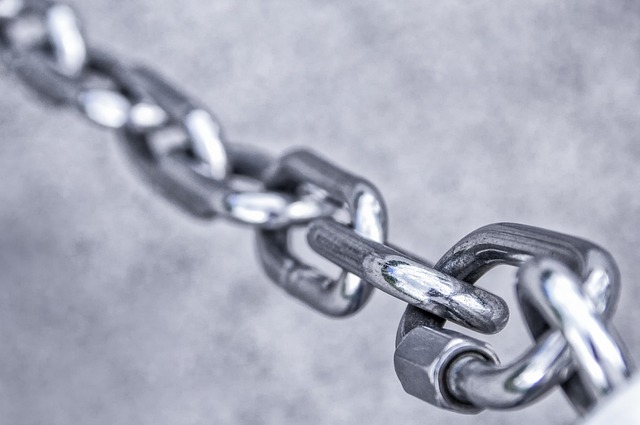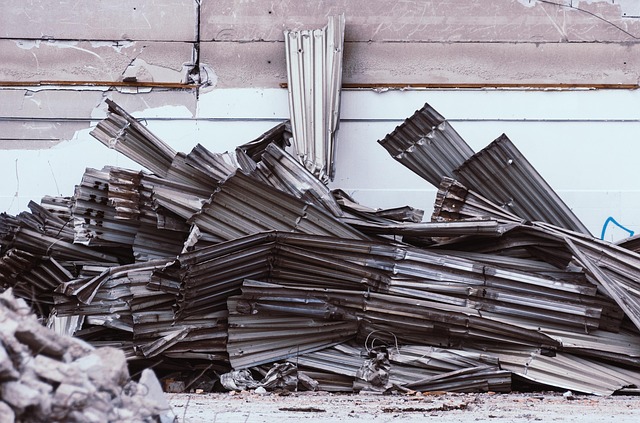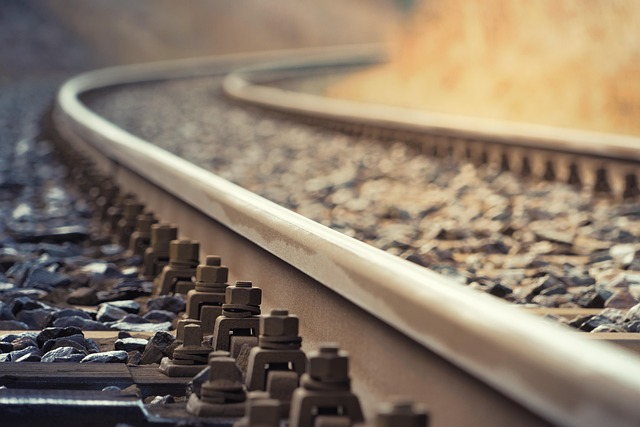Selecting durable materials like stainless steel, aluminum, or powder-coated metals is crucial for creating long-lasting and aesthetically pleasing outdoor metal installations. These materials offer corrosion resistance, vary in weight and aesthetic appeal, and can be strategically designed to withstand different weather conditions. The initial phase involves understanding client needs and artistic vision, followed by detailed CAD design and material selection to ensure structural integrity and visual harmony with outdoor spaces.
“Elevate your outdoor spaces with custom-built metal installations, a harmonious blend of functionality and aesthetics. This comprehensive guide explores the art of crafting durable, weather-resistant metal structures for diverse environments. From selecting the perfect metal alloys to designing unique creations, understanding installation techniques, and ensuring proper care, we unravel the secrets behind successful outdoor metal installations. Discover how these tailored additions can transform your exterior landscapes.”
- Choosing the Right Metal for Outdoor Installations
- – Exploring durable metal options suitable for outdoor environments
- – Considerations for weather resistance and corrosion prevention
- Designing Custom Metal Installations
Choosing the Right Metal for Outdoor Installations

When it comes to custom-built metal installations for outdoor spaces, selecting the appropriate material is a key consideration. The right metal can enhance durability, aesthetics, and even maintenance requirements of your outdoor project. For exterior applications, weather resistance and corrosion protection are paramount. That’s where stainless steel stands out—its alloy composition offers superior resistance to rust and weathering, making it ideal for defining landscapes and creating lasting art pieces in gardens, parks, and public spaces.
Additionally, aluminum is another excellent choice for outdoor metal installations. Lighter than stainless steel yet equally robust, aluminum alloys are known for their corrosion resistance, making them suitable for a wide range of outdoor environments—from coastal regions with high humidity to areas prone to extreme temperatures. This versatility allows designers and artisans to create intricate designs that blend seamlessly into their surroundings, adding both functional beauty and structural integrity to outdoor spaces.
– Exploring durable metal options suitable for outdoor environments

When designing custom-built metal installations for outdoor spaces, selecting durable materials is paramount. The right metal options can withstand varying weather conditions, from harsh sunlight and rain to frost and snow, ensuring longevity and minimal maintenance over time. Stainless steel, aluminum, and powder-coated metals are popular choices due to their resistance to corrosion, a significant concern in outdoor environments.
Each material offers unique advantages. Stainless steel, known for its strength and resistance to rust, adds an elegant, modern touch to outdoor settings. Aluminum, lightweight yet robust, is ideal for larger installations, as it’s easier to work with and requires less maintenance than stainless steel. Powder-coated metals provide a diverse range of vibrant colors and finishes, allowing designers to create visually appealing structures that complement the natural landscape while still ensuring durability in outdoor conditions.
– Considerations for weather resistance and corrosion prevention

When designing custom-built metal installations for outdoor spaces, weather resistance and corrosion prevention are paramount. The elements—rain, snow, sun, and wind—can take a toll on metal over time, leading to structural deterioration and aesthetic decay. To mitigate these issues, careful selection of materials is crucial; choose metal alloys treated with coatings or finishes that offer protection against moisture, UV radiation, and airborne contaminants. Stainless steel, for instance, is renowned for its resistance to corrosion, making it an excellent choice for outdoor metal installations.
Additionally, proper installation techniques play a vital role in ensuring long-term durability. Sealing joints, using appropriate fasteners, and incorporating drainage systems can help ward off water accumulation and prevent moisture-related damage. Regular maintenance, including cleaning and reapplication of protective coatings, is another key strategy to keep outdoor metal installations looking their best for years to come, enhancing the overall appeal of your outdoor space.
Designing Custom Metal Installations

When designing custom metal installations for outdoor spaces, the first step is to understand the client’s vision and functional needs. Outdoor metal installations can range from elegant sculptures to practical structures like benches or lighting fixtures. It’s crucial to consider factors such as weather resistance, durability, and maintenance requirements when selecting materials. Steel, aluminum, and stainless steel are popular choices due to their strength and versatility.
The design process involves creating detailed plans that incorporate the client’s aesthetic preferences while ensuring structural integrity. Designers use computer-aided design (CAD) software to model the installations, allowing for precise measurements and visual simulations. This digital approach enables clients to see how the final product will look in their outdoor space, fostering a collaborative environment where adjustments can be made early on in the production process.
Custom-built metal installations can transform outdoor spaces into vibrant, functional areas that withstand the elements. By carefully choosing weather-resistant metals and employing thoughtful design strategies, these structures offer both aesthetic appeal and durability for years to come. Investing in high-quality materials and professional craftsmanship ensures your outdoor metal installations become a central point of interest and a lasting addition to any landscape.
